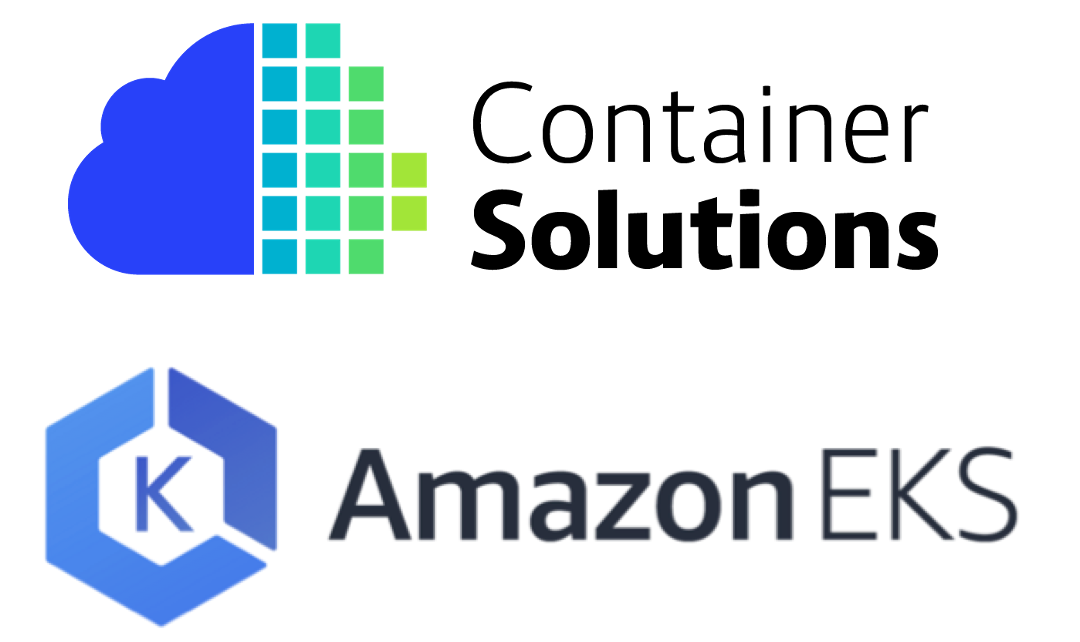Close your EKS performance gaps with our highly-acclaimed Amazon EKS Open Source Accelerator

Based on a partnership between AWS and Container Solutions, the Amazon EKS Open Source Accelerator is designed to bridge serious EKS performance gaps to improve cost optimisation, performance, scalability, and security.
Absolutely. But while you don’t have to manage the infrastructure of the EKS Cluster, you do have to manage the cost, performance, scalability, and security–and this is where serious EKS performance gaps are born.
Especially, when you don’t have the resources to manage the infrastructure, stability, reliability and at the same time as managing the workloads on top of these Kubernetes Clusters. While EKS brings great benefits, you need to ask, how do you benefit from your EKS Cluster? Are you using EKS as powerfully, efficiently and usefully as possible?
Most EKS consumers use it with default options and don’t get the most out of it, leaving their platform with serious EKS performance gaps.
There are many Open Source solutions to consider, and with tiny tweaks and config changes, you can immediately start benefiting more from your Amazon EKS Clusters.
Start building a plan for the improvements on different areas that found missing in the environment:
Security
Scalability
Performance
Cost Optimization
Observability
High Availability
Choose the right tools, designs, and configurations for the job
Benefit from Open Source tools like External Secrets Operator (ESO), Karpenter, AWS Controllers for Kubernetes (ACK), Cilium, Calico, Rancher or other CNCF Projects depending on the requirements
Benefit from native integrations with AWS Services like CloudWatch, Managed Prometheus and Managed Grafana, CloudWatch Container Insights, RDS, AWS Secrets Manager for different purposes
Management of the environment with Infrastructure as Code (IAC) using Terraform with EKS Blueprints for Terraform and benefit from managed add-ons to increase operational excellence,
Integration of GitOps for having an operational framework that takes best practices for application development and delivery
Start designing the architecture for the solutions
Start Implementation of the tools, design changes, and configurations
Share knowledge about the solutions that are being implemented
Documentation
Delivery review: What has been achieved?
Possible next actions
Book your 15 min 1:1 with:

Guiding companies to the cloud and helping them find the right solutions for them is what we love to do. Reach out to talk to one of our experts about how we might join your Cloud Native journey.
